MOLDOVA
Chisinau

Chisinau
Chisinau
Chisinau is the capital of the Republic of Moldova. The city's name comes from the Russian phrase 'chisla noua', which means something like 'new source'. Chisinau has great cultural and economic significance for Moldova.
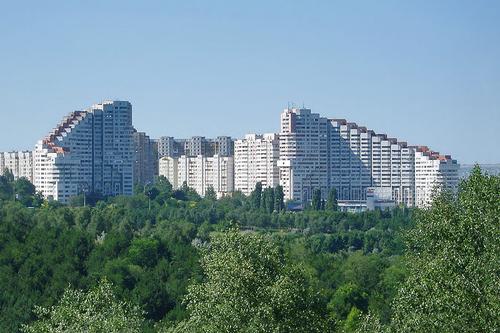 ChisinauPhoto: Public Domain
ChisinauPhoto: Public Domain
Location
The Moldovan capital Chisinau is located in South-East Europe on the Bâc River. This river seems to be quite polluted and in summer the Bâc regularly dries up. Chisinau is centrally located in Moldova and covers 635 km². More than 700,000 people live in Chisinau.
Weather
Chisinau's climate is called a temperate continental climate. What does that mean? Cool winters with temperatures often below freezing and warm summers with average temperatures around 25 degrees. Most precipitation falls in the winter months. Most of this precipitation comes in the form of rain, but there is also an average of 53 days of snow annually.
History
It is believed that Chisinau was founded in 1436 as a monastic village in the Principality of Moldova. However, from the 16th century the city fell under Ottoman rule. After the Russo-Turkish War, which lasted from 1806 to 1812, a part of Moldavia, including Chisinau, came under the rule of the Russians. In the thirties of the 19th century, Chisinau was expanded with wide streets and the city acquired an imperial look. Also during the Russo-Turkish War of 1877 to 1878, Chisinau played a major role.
Towards the end of the 19th century, anti-Semitism in the Russian Empire increased enormously. In Chisinau at that time about 43% of the inhabitants were Jewish. In April 1903, anti-Semitism came to an unpleasant climax and a three-day pogrom took place, which would later be known as the Kishinev Pogrom. Unfortunately, this was not the last pogrom to take place in the city. After the October Revolution in 1917, which brought the Bolsheviks to power, Bessarabia, which included Chisinau, declared independence.
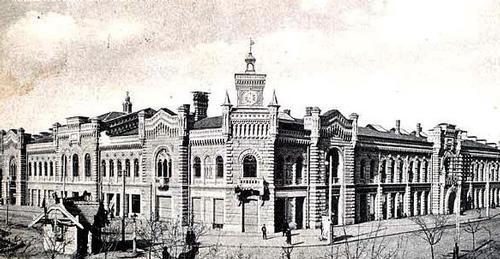 Chisinau Old Town HallPhoto: Public Domain
Chisinau Old Town HallPhoto: Public Domain
During the Second World War, Chisinau was almost completely razed to the ground. First there was the occupation by the Red Army and a devastating earthquake in 1940, and less than a year after that the attacks by the Germans and the Romanians began. Finally, on 17 July 1941, the Soviets surrendered. During the ensuing occupation, the Jewish population was virtually exterminated. As the end of the war approached, fierce fighting took place and the Germans and Romanians retreated. On 24 August 1944 Chisinau again became part of the Soviet Union.
After the Second World War, more than 70% of Chisinau was destroyed. Therefore, architect Shchusev was employed to develop a plan for reconstruction. In the following years, various Stalinist buildings were erected in the city. On 4 March 1977, Chisinau was again shaken by a strong earthquake and again many buildings were damaged. On 27 August 1991, the time had finally come: the independent state of Moldova was proclaimed.
Sights
An impressive sight is the Chisinau Memorial Park. The most striking part of the park is the Victory Monument to the Soviet Army of 1945. In this monument an eternal flame burns in memory of the fallen soldiers during World War II. There is also a small military cemetery.
The only synagogue still in use in Chisinau is also worth a visit. The house of prayer is close to the remains of the Yeshiva, a Jewish school that was in use until the outbreak of the Second World War. Before the war, there were over 70 different synagogues in Chisinau.
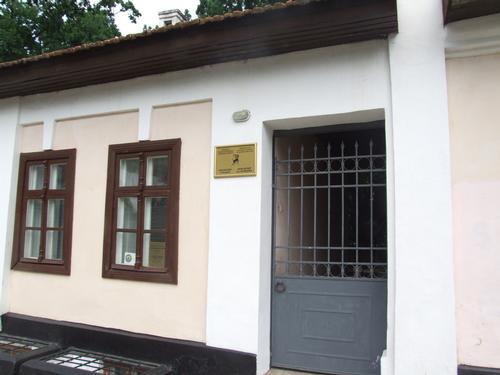 Pushkin House in ChisinauPhoto: Bagriton CC 3.0 Unported no changes made
Pushkin House in ChisinauPhoto: Bagriton CC 3.0 Unported no changes made
One of the most popular sights is the Pushkin House. It is the museum of the great poet and writer Alexander Pushkin. The museum displays an interesting collection of objects about the life and work of the great poet. The Valley of Classics introduces you to great Moldovan writers.
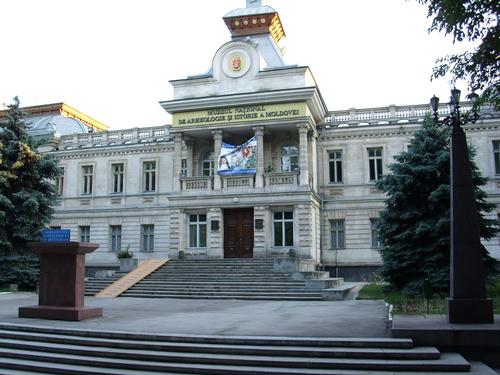 National History MuseumPhoto: Mirek237 in the public domain
National History MuseumPhoto: Mirek237 in the public domain
One of the most important museums in Chisinau is the National History Museum, which has more than 165,000 pieces. It is located in the centre of the capital and is very accessible. This relatively young museum was founded in 1989 and has ten exhibition halls. One of the halls contains a diorama. Most of the pieces in the museum are considered national heritage. In front of the museum there is a statue of the famous Roman wolf with Remus and Romulus.
The National Museum of Ethnography and Natural History is the oldest museum in Moldova. It was founded in October 1889 on the initiative of Baron A. Stuart. In the beginning, the museum was located in another building. The purpose of the museum is to reflect the research on the nature and culture of Bessarabia. The museum is an important scientific and cultural centre of Bessarabia and is internationally known.
Tips
Is it hot during your visit to Chisinau? Lake Valea Morilor is the refuge of the people of Chisinau during high temperatures. The lake is located west of the city centre. There is a beach and canoes and boats can be hired. The lake is surrounded by a beautiful park that offers much shade in summer.
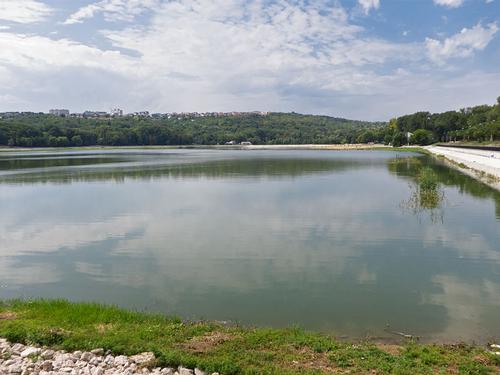 Chisinau Valea Morilor LakePhoto: Myrabella CC 3.0 Unported no changes made
Chisinau Valea Morilor LakePhoto: Myrabella CC 3.0 Unported no changes made
Useful links Chisinau
BBC Country ProfilesWorld Fact Book Explore all Countries
How to call
Last updated November 2025
Copyright: Team - The World of Info